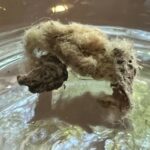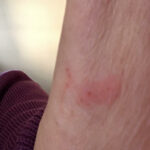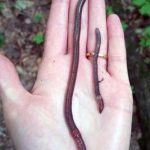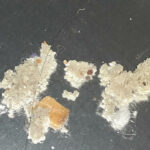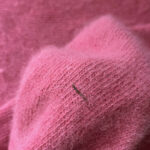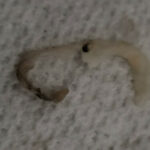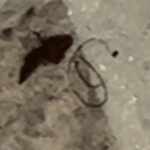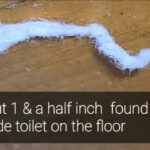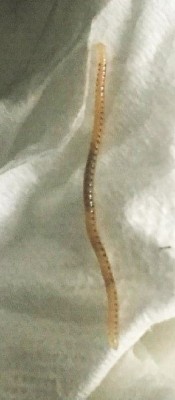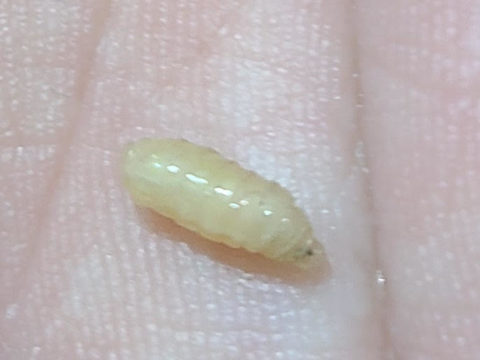The sea mouse is one of the most unusual creatures on earth. This animal is not a mouse, of course, but rather a polychaete annelid (worm). According to Encyclopedia Britannica, sea mice actually burrow and creep “in a manner suggestive of a true mouse as it searches for dead and decaying bodies of animals.” This is how this polychaete annelid earned its name.
The sea mouse can be found in “sandy or muddy bottoms, on both sides of the Atlantic and in the Mediterranean Sea.” Common species include Aphrodita hastate and A. aculeate. Aphrodita hastate occurs on the North American coast from the Gulf of St. Lawrence to Chesapeake Bay and A. aculeate is a common European species.
Measuring 3-6 inches in length, but with the ability to grow up to 12 inches, the sea mouse has an oval shaped body and iridescent “hairs” all over. The dense mat contains hairs or “setae” are about one inch long. Hollow spines are hidden among these iridescent hairs and it is believed that the spines contain poison. The sea mouse does not have eyes, so it uses feeler-like appendages near the mouth to find its way around. The mouse makes its way around by using paddle-like appendages.
Sea mice have both male and female sex organs, meaning they are hermaphroditic. Both reproductive organs are functional, but “the eggs of one individual are fertilized by the sperm of another.” This is one similarity to earthworms, but the similarities end here. The sea mouse, although a worm, is much different from earthworms. Sea worms live in water, while water is the earthworm’s worst enemy. Worms have no lungs, so they breathe through their skin. This means that the worm’s environment and skin must be moist (not drenched) at all times. This allows the worm to breathe in oxygen. If the worm’s skin dries out, the worm will die from suffocation.
While worms need moisture to survive, too much moisture can be fatal. If too much water is present, it takes the place of oxygen, which will cause the worms to flee to the surface. Once on the surface, worms will be exposed to sunlight. If worms remain in the sunlight for too long, they can become paralyzed.
If you are searching the seabed for sea mice, chances are you might not find one. You will have better luck searching beaches in the areas the sea mouse is likely to inhabit. The sea mouse is more likely to wash ashore after a storm.
Sources
“sea mouse.” Encyclopædia Britannica. 2010. Encyclopædia Britannica Online. 20 Oct. 2010
All About Worms is always free, always reader-supported. Your tips via CashApp, Venmo, or Paypal are appreciated! Receipts will come from ISIPP Publishing.



